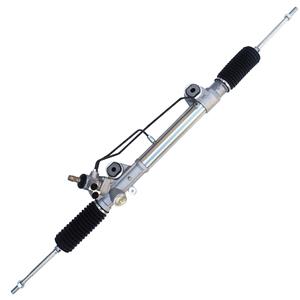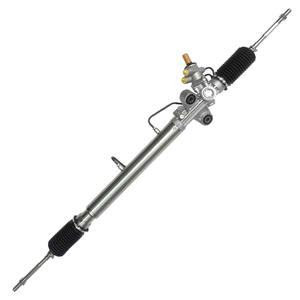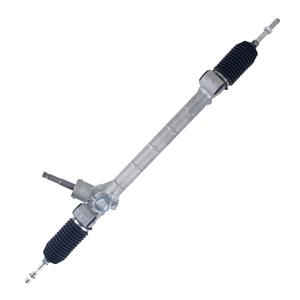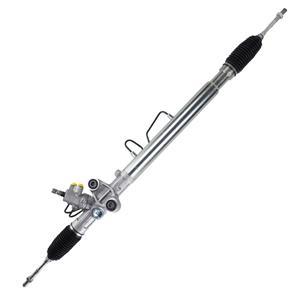Do racing cars have power steering?
Racing is an exciting and challenging sport that involves speed, technology, and extreme vehicle performance. As an important part of modern cars, power steering systems are widely used in ordinary passenger cars and commercial vehicles to help drivers control vehicles more easily. However, many people may wonder whether high-performance vehicles such as racing cars also need power steering systems?
To answer this question, we need to have a deep understanding of the design requirements of racing cars, the functions of power steering systems, and the unique needs of racers for vehicle control.
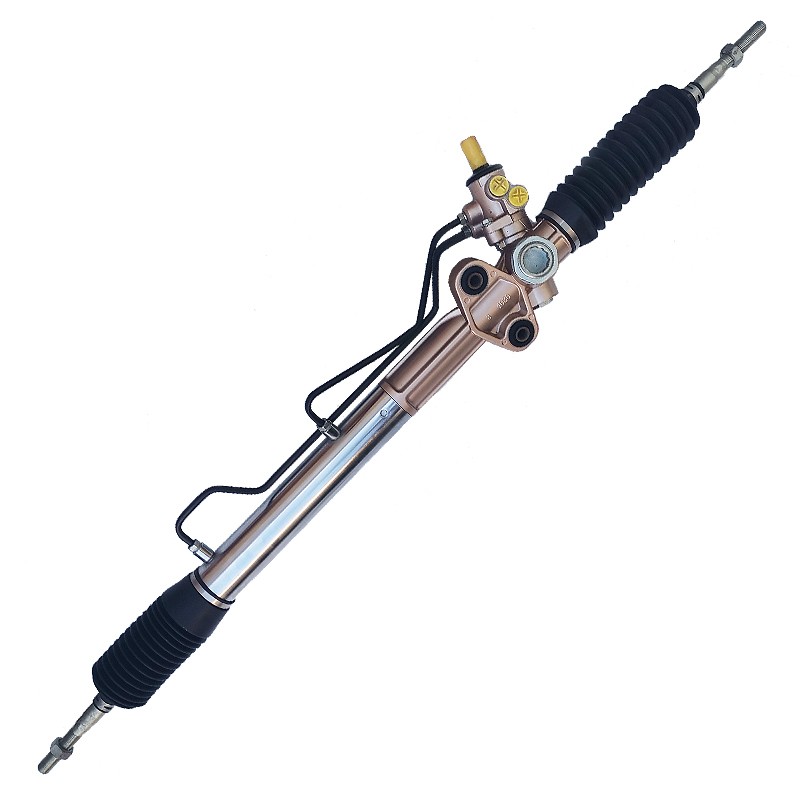
What are the basic functions of power steering systems?
Before discussing whether racing cars need power steering, we first need to understand the basic functions of power steering systems and their role in ordinary vehicles. The main purpose of the power steering system is to reduce the force required by the driver to turn the steering wheel through hydraulic or electronic power assistance, making it easier to control the vehicle, especially when driving at low speeds or parking. This is crucial for ordinary passenger cars because it not only improves driving comfort but also reduces driving fatigue.
Power steering systems are generally divided into three types:
1. Hydraulic Power Steering (HPS):
● This is a traditional power steering system that provides steering assistance through a hydraulic pump. The hydraulic pump is driven by the engine and amplifies the turning force of the steering wheel through the pressure of the hydraulic oil.
2. Electric Power Steering (EPS):
● This system uses an electric motor to provide steering assistance, eliminating the complexity of the hydraulic system. The advantages of the electric power steering system are its adjustability and energy saving.
3. Electro-Hydraulic Power Steering (EHPS):
● This system combines the advantages of hydraulic and electric power assistance, providing flexible and efficient steering assistance by electronically controlling the operation of the hydraulic pump.
These systems were originally designed to make drivers feel more comfortable and relaxed in daily driving, but the needs of racing cars are different from ordinary passenger cars, so they need to be analyzed more carefully.
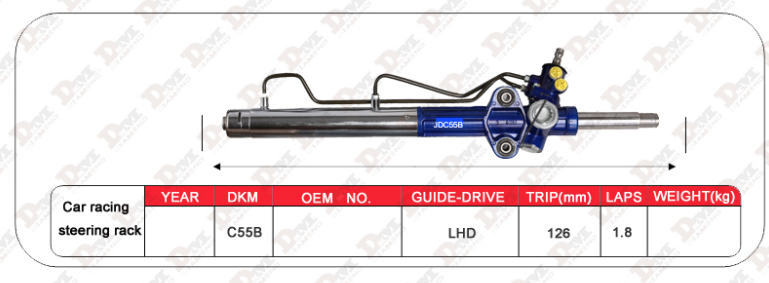
What are the design requirements of racing cars?
Racing cars are designed around one core goal: speed and handling. Every design decision is made to optimize the performance of the car on the track, maximizing the vehicle's speed, acceleration, handling precision and stability. Therefore, the design of a racing car is significantly different from that of an ordinary passenger car, especially in the choice of steering system.
Precision Control
Race car drivers need extremely high control precision at high speeds to cope with various challenges on the track, such as cornering, high-speed straight-line acceleration and emergency braking. In this case, the steering system must be able to provide instant and precise feedback so that the driver can feel every subtle change in the tire-to-ground relationship. Although the power steering system can reduce the force required when turning, it may weaken the sensitivity of the steering feedback, thereby affecting the driver's control of the vehicle.
Weight and Complexity
The design of a racing car requires the weight of the vehicle to be reduced as much as possible to improve acceleration and handling performance. The power steering system, including the hydraulic pump, pipes and oil storage tank, adds weight to the vehicle, which is considered an unnecessary burden in racing car design. In addition, the complexity of the power steering system may also increase the risk of failure, which is a factor that is avoided as much as possible in racing car design.
Driver Fitness
Race car drivers are physically challenged during races, including high-G force cornering, long periods of concentration, and frequent steering wheel manipulation. Therefore, despite the rigorous physical training of race car drivers, long periods of operation with an unassisted steering system will increase physical exertion and may affect performance. In this case, power steering systems can provide some help to reduce the physical burden on racers, especially in long races or endurance races.
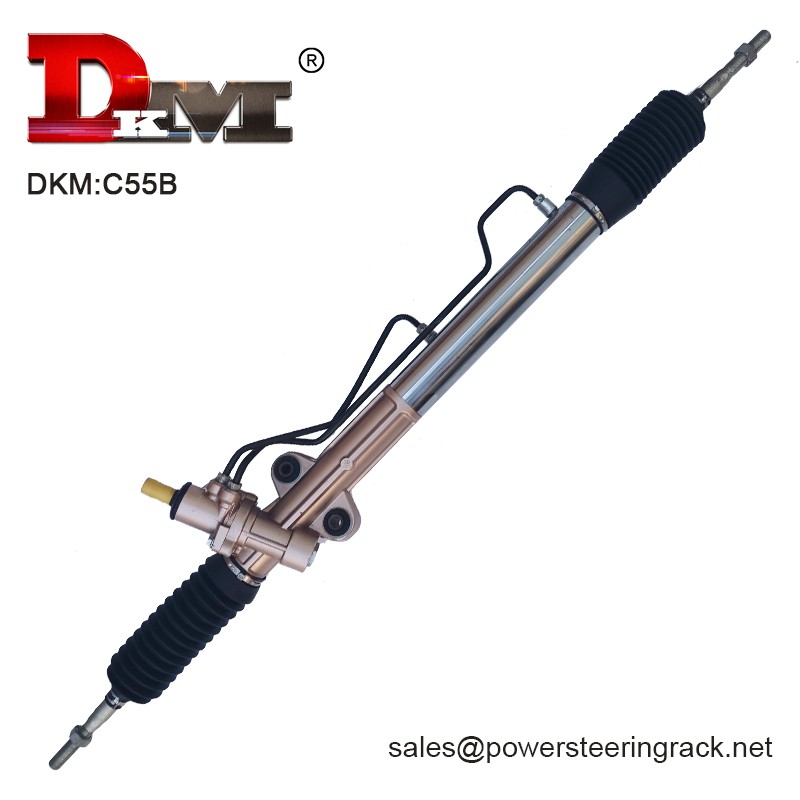
Do race cars need power steering?
Whether a race car is equipped with a power steering system depends on a variety of factors, including the type of car, the nature of the race, the characteristics of the track, and the preferences of the racer. Here is an analysis of different types of race cars:
Formula Racing
Formula cars, such as F1 cars, are not usually equipped with traditional power steering systems. These cars pursue extreme handling and lightweight design, and usually use highly optimized mechanical steering systems. Formula drivers rely on keen steering feedback to control every subtle movement of the vehicle, so the directness and responsiveness of the steering system are crucial.
However, with the development of technology, some formula racing cars have begun to introduce electric power steering systems (EPS), which can provide moderate steering assistance without sacrificing control accuracy, helping drivers maintain better physical condition during long races.
Rally Cars
Rally cars compete on various complex road conditions, including gravel, mud, and ice and snow. Due to the characteristics of these tracks, rally cars are usually equipped with power steering systems to help drivers better control the vehicle under extreme conditions. Hydraulic or electric power steering systems can help rally drivers turn the steering wheel faster, especially when dealing with emergencies or complex continuous bends.
Endurance Racing Cars
Endurance racing cars need to maintain stable performance during long races, which usually means that drivers need to drive continuously for several hours. In order to reduce the physical exertion of the driver, endurance racing cars are usually equipped with power steering systems, especially electric power steering (EPS), to balance the relationship between steering assistance and control accuracy.
GT Racing Cars
GT racing cars mainly compete on closed tracks, usually high-speed and long-distance events. These race cars are usually equipped with power steering systems to help drivers maneuver the vehicle more easily at high speeds. Electric power steering systems (EPS) are relatively common in GT racing cars because they can automatically adjust the steering assistance according to the speed and track conditions, providing a better driving experience.
Short track racing (Stock Cars)
Short track racing, such as NASCAR racing, usually races on high-speed oval tracks. Due to the characteristics of the track and the intensity of the competition, short track racing cars are usually equipped with hydraulic power steering systems (HPS). Hydraulic power steering systems can provide stable steering assistance at high speeds, allowing racers to control the vehicle more accurately, especially in fierce competition.
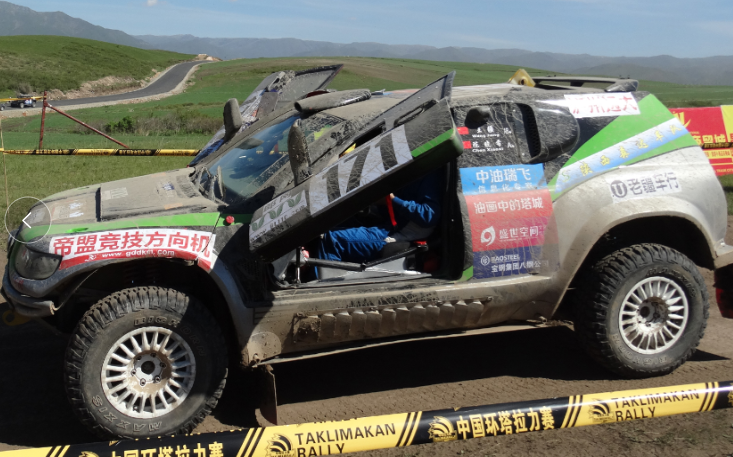
What are the advantages and challenges of power steering systems in racing?
Although the application of power steering systems in racing varies depending on the model and type of competition, it still has significant advantages and challenges.
Advantages of power steering systems in racing
● Reduce physical exertion: Power steering systems can help racers reduce physical exertion during the race, especially in long races, which is very important for maintaining the driver's concentration and reaction speed.
● Improve handling stability: In some types of racing, power steering systems can provide stable steering assistance, making it easier for drivers to control vehicles under complex track conditions.
● Adapt to changing track conditions: Electric power steering systems (EPS) can adjust the power assistance according to real-time conditions to help drivers cope with changing track conditions, such as sudden sharp turns or high-speed straights.
Challenges of power steering systems in racing
● Increase vehicle weight: The addition of power steering systems will lead to increased vehicle weight, which is not good for racing cars that pursue extreme performance. Racing car designers need to make a trade-off between performance and weight.
● Weaken steering feedback: Power steering systems may weaken the driver's perception of road conditions, especially at high speeds, which may affect the speed and accuracy of driver decisions.
● Complexity and risk of failure: Power steering systems increase the mechanical complexity of vehicles and increase the potential risk of failure. In racing, any system failure may lead to a loss of the race.
Drivers' Choices and Preferences
Drivers often have personal preferences for the use of power steering systems. Some drivers prefer traditional mechanical steering systems because they provide more direct feedback and allow them to better perceive every subtle change in the vehicle. Other drivers prefer power steering to reduce physical exertion, especially during long races, and to maintain higher concentration.
The choice of a driver is often determined by their driving style, the type of race, and the design features of the car. For drivers who need to react quickly under extreme conditions, the precision and responsiveness of the steering system may be more important than steering assistance. For drivers who need to maintain physical strength during long races, power steering may be an advantageous tool.
DKM Company is your reliable partner for sourcing power steering systems in bulk. With over 28 years of experience, we export to the USA, Europe, Southeast Asia, and beyond. Our production facilities boast 280+ CNC machines and automated lines, ensuring high quality and competitive prices. We specialize in custom manufacturing for brands like Toyota, Honda, and Hyundai. Contact us today for wholesale pricing, promotions, and a free quote for your purchasing needs!

